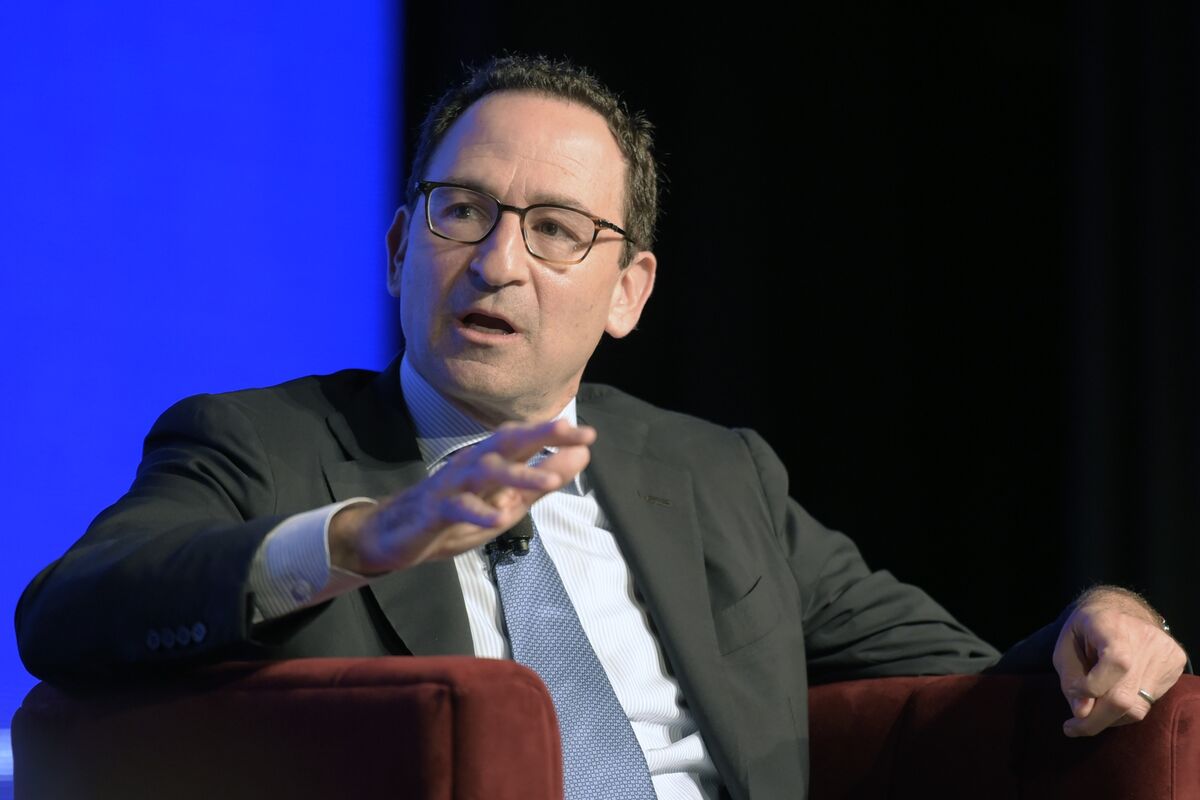Prolonged Tariffs: Gray's Market Warning
The imposition of tariffs, while seemingly a straightforward tool of economic policy, often yields unintended consequences. One such consequence, particularly concerning with prolonged tariff implementation, is the burgeoning of the gray market. This article delves into the implications of extended tariffs, focusing on the warnings signaled by the expansion of gray market activities.
Understanding the Gray Market Phenomenon
The gray market, also known as the parallel market, refers to the trade of goods through unofficial channels. These channels circumvent the official distribution networks established by manufacturers or authorized importers. Products entering the gray market often bypass official tariffs and import regulations, leading to price discrepancies and potential risks for consumers and legitimate businesses.
How does it work? Goods intended for one market (e.g., a country with lower import duties) are diverted to another market (e.g., a country with higher import duties). This can involve various methods, including:
- Exploiting loopholes in import regulations.
- Utilizing unauthorized distributors or importers.
- Smuggling goods across borders.
The Impact of Prolonged Tariffs on Gray Market Growth
Prolonged tariffs create a significant price differential between officially imported goods and those entering through gray market channels. This price difference acts as a powerful incentive for consumers to seek out cheaper alternatives, even if it means sacrificing certain guarantees or facing potential risks.
Here's how prolonged tariffs fuel gray market expansion:
- Increased Price Discrepancy: Higher tariffs directly inflate the price of legally imported goods, making them less competitive.
- Consumer Demand: Consumers seeking to save money naturally gravitate towards cheaper alternatives, fueling the demand for gray market products.
- Profit Incentive: The widening price gap creates lucrative opportunities for gray market operators, encouraging further participation in these activities.
- Erosion of Legitimate Businesses: Legitimate businesses operating within the official channels face increased competition from gray market players, potentially leading to business failures and job losses.
Gray Market Risks: Beyond the Lower Price Tag
While the lower price point is enticing, consumers should be aware of the associated risks:
- Product Authenticity: Gray market goods may be counterfeit or substandard, lacking the quality control and warranties offered by official distributors.
- Safety Concerns: Lack of regulatory oversight can lead to safety hazards, especially with products requiring stringent safety standards.
- Legal Ramifications: Purchasing gray market goods can potentially expose consumers to legal liabilities.
- Warranty Issues: Obtaining warranty service or repairs can be extremely difficult, if not impossible, for gray market products.
Case Studies: Examples of Gray Market Growth Fueled by Tariffs
Numerous industries have witnessed the growth of gray markets as a direct consequence of prolonged tariff implementation. For example, the electronics industry, particularly in countries with high import duties on consumer electronics, often sees a significant increase in gray market activity. Similarly, the pharmaceutical industry can be affected, with potentially dangerous counterfeit medications entering the market. Analyzing specific historical examples and comparing them to current situations can further illuminate the trend.
Mitigating the Risks: Strategies for Combating Gray Market Growth
Addressing the issue of gray market proliferation requires a multi-pronged approach:
- Tariff Review: Regular review and adjustments of tariff levels are essential to avoid creating excessive price discrepancies that fuel gray market growth.
- Strengthening Border Controls: Robust border controls and customs enforcement play a crucial role in preventing the smuggling of goods.
- Increased Consumer Awareness: Educating consumers about the risks associated with purchasing gray market products is vital.
- Collaboration with Businesses: Working closely with legitimate businesses to enhance supply chain transparency and combat counterfeiting is crucial.
Conclusion: A Call for Proactive Policy
The warning signs are clear: prolonged tariffs contribute significantly to the growth of gray markets, leading to various economic and social risks. Policymakers need to adopt a more proactive approach, carefully considering the long-term implications of tariffs and implementing strategies to mitigate the negative effects on legitimate businesses and consumers alike. Ignoring the threat posed by the gray market, fueled by prolonged tariff policies, is a gamble that could have far-reaching and damaging consequences.
